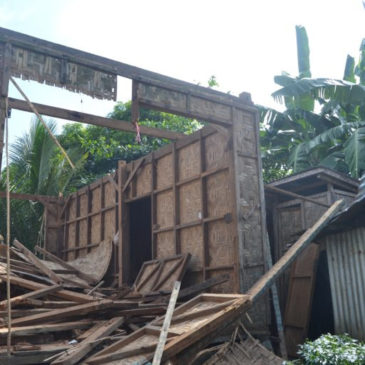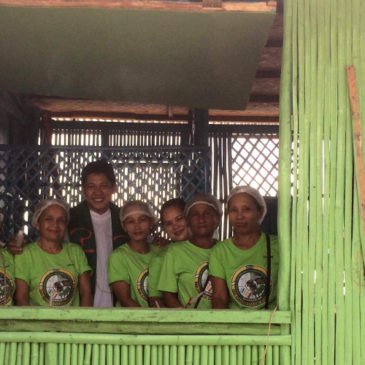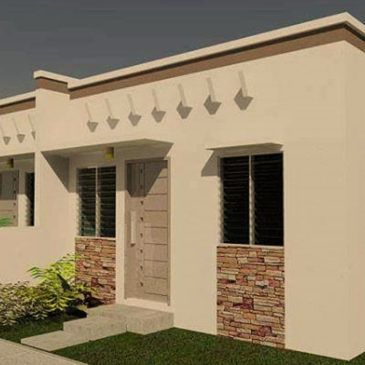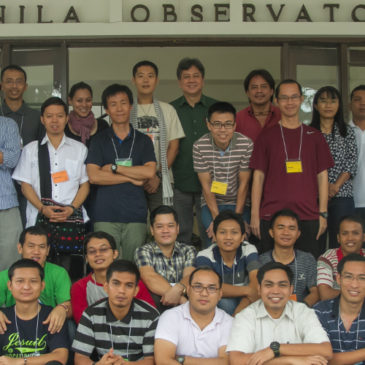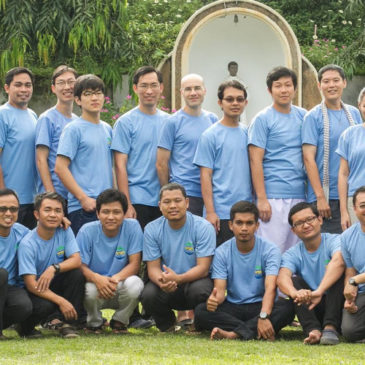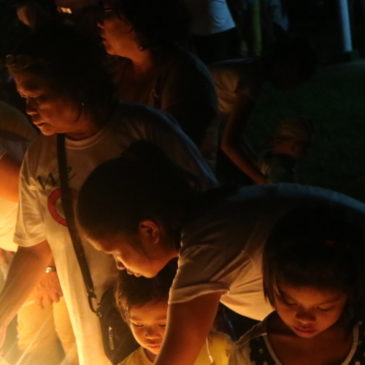Disassembling temporary shelters, a crucial element in safe relocation to new houses
Two days after Jessylyn Abulencia received the key to her new, disaster-resilient house, she is back to her old place near the creek—not to stay, but this time to disassemble the temporary shelter that was her family’s home for the … Continued


